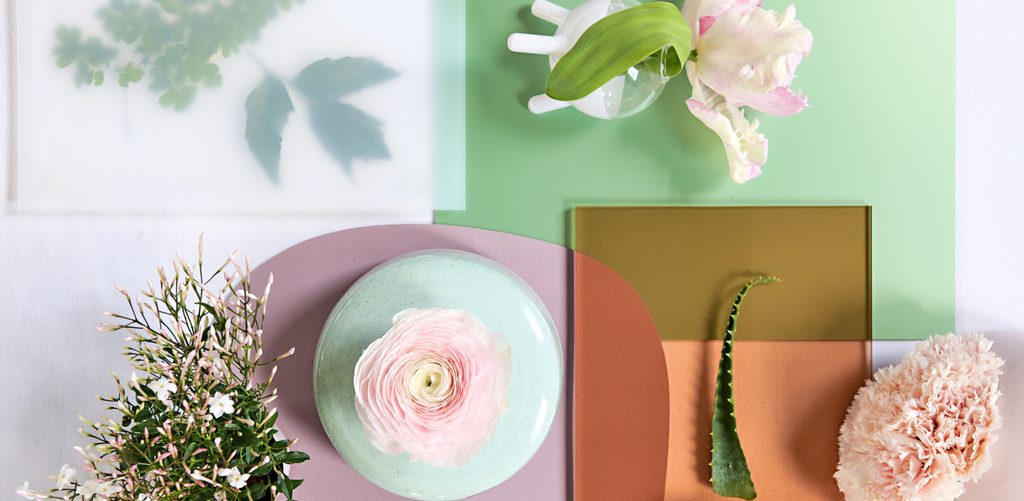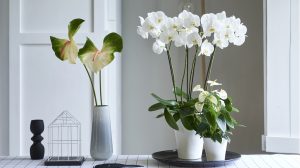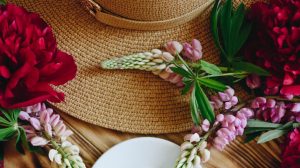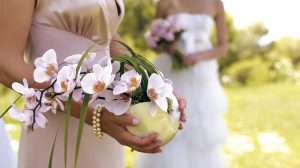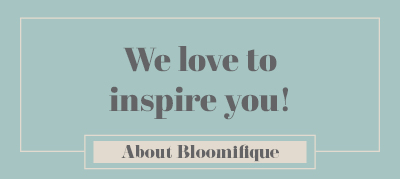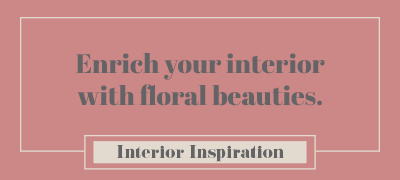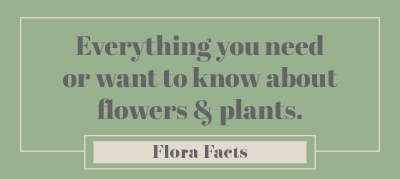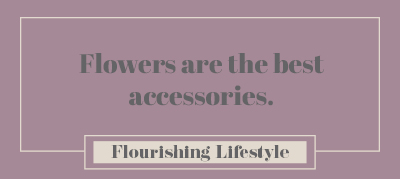Together with trend watcher Aafje Nijman, the Tuinbranche Nederland, iBulb, and Bloemenbureau Holland established 3 interior style trends for 2020. The trends are based on the current spirit of the age, in which the time has come to give in to new developments. That sometimes leads to tension and unrest, but above all to a positive and energetic boost to a new year. This new irresistible spirit of the age has a direct effect on how we dress our house and ourselves. So, in 2020 it’s all about tranquility, diversity and imperfection.
Also read: This is the Flexa trend color of 2020: Tranquil Dawn
3 interior style trends for 2020
Inner Retreat
Within the Inner Retreat style trend, it’s all about hyperpersonal products and stimulation. Because of the performance society, the bar is set high, which means that we often feel overwhelmed. This leads to a quiet and serene interior. It must be an environment in which de-stressing and recharging are central. There’s a focus on flowers and plants with a natural healing power. The monochrome palette in the interior gives us the feeling of security and safety. And that results in a place where we feel like we can keep out the crowds.
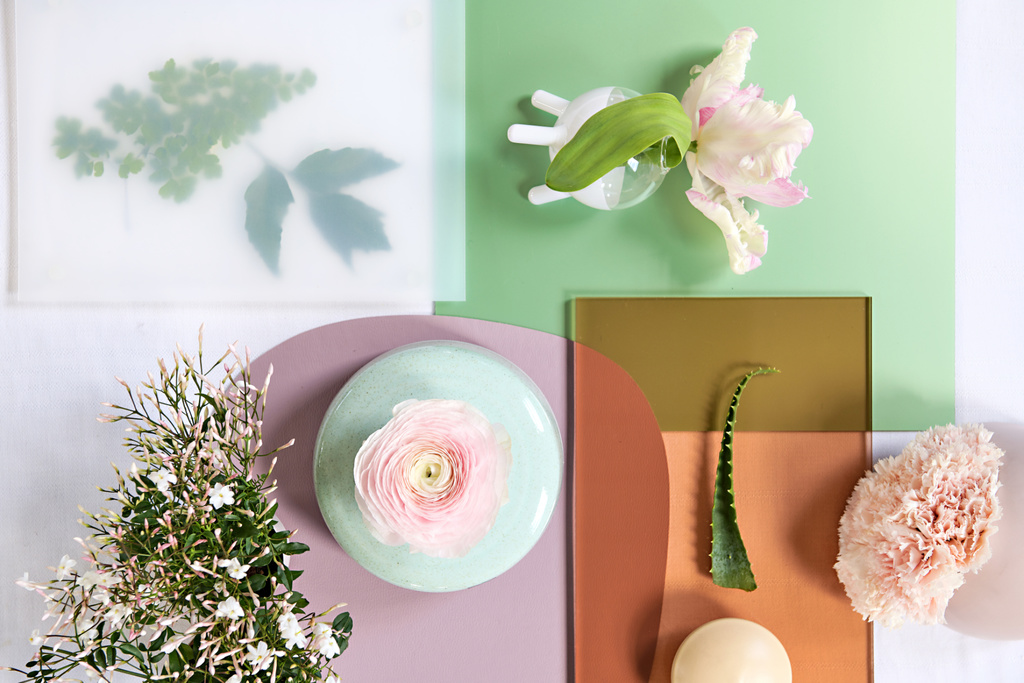
Everything within this style trend looks soft and muted. Think of predominantly calm, well-arranged, round and delicate shapes in pastel and natural tones, with a pink accent here and there. White is used in the color palette often too. We also see many natural materials and structures, such as waffles, honey boards and diamonds. Designs are only used if they don’t cause any stimuli. Semi-transparent materials such as frosted glass, synthetic resin and breathable textile ensure peace and a spacious feeling.

Blended Cultures
Style trend Blended Cultures revolves around inclusiveness and diversity. Despite the fact that the world is at our feet more than ever, our vision seems to be becoming more and more monotonous. The need for a realistic view of the world, including all its aspects, colors, smells, opinions, influences, generations and cultures, is growing. And we call this bleak mix of style mixes Blended Cultures.
In the interior this leads to a mix of folklore influences and different ethnic backgrounds. The result is a collection of products with a traditional and industrial character. Cheerful, warm, colorful, colorful, eclectic.
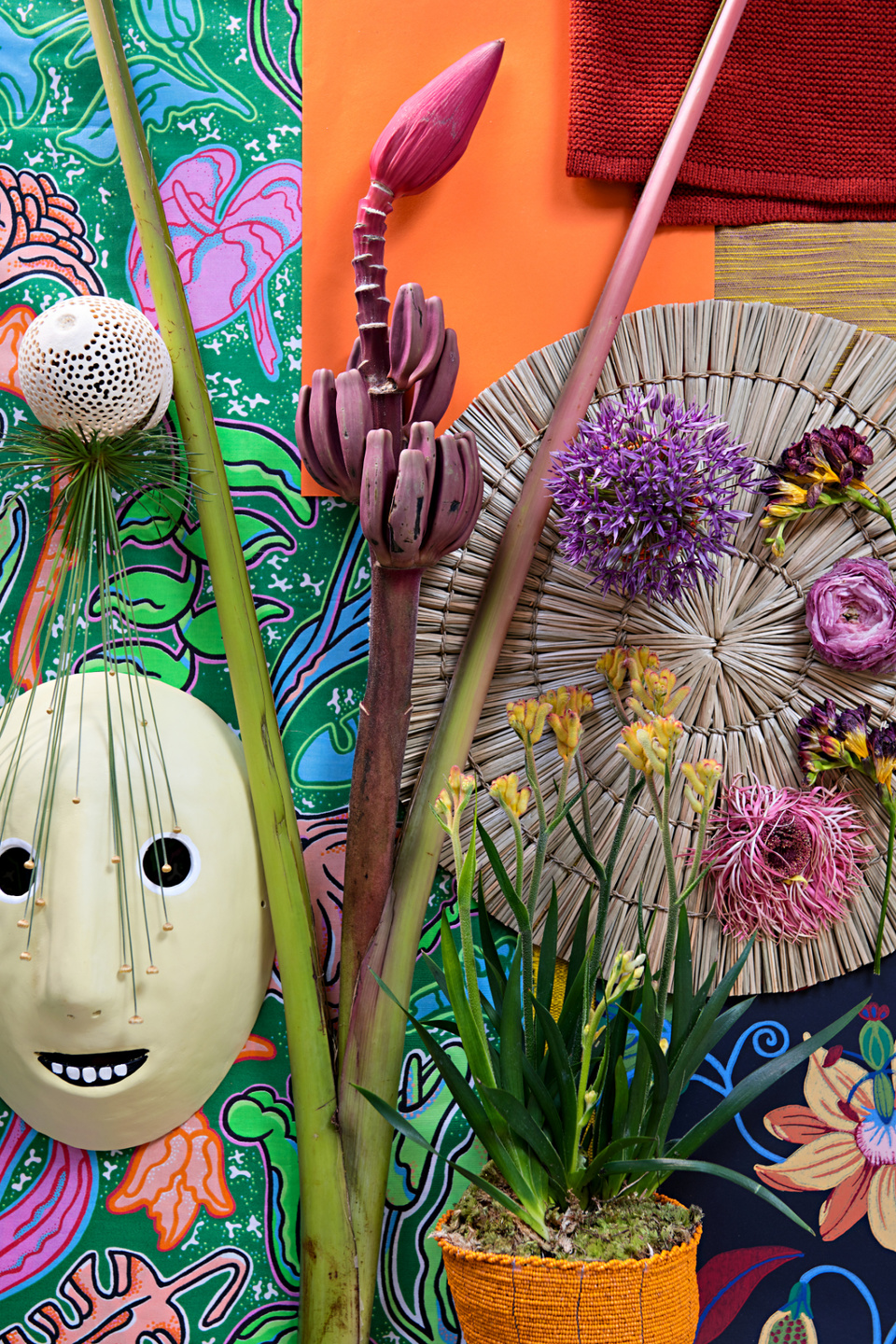
There are almost no rules for this style trend. The forms may be produced organically, but also industrially. In any case, the shapes are primarily decorative. The color palette is also wide. Gray tones are combined with bright and natural colors. Striking recurring colors are deep orange and rust tones. Designs play a major role in this trend, because these types of patterns are a big part of the product story. Materials may be drawn, printed, woven or braided.

Street Savage
Street Savage revolves around authenticity and rawness. Standards and glass ceilings are constantly being broken, mainly by women. This empowerment movement seeks freedom and imperfection. The power for change is derived from unconventional, tough and colored street and urban influences.
Street Savage is characterized by great style influences from the 70s, graffiti, facade lettering and structural materials. Where ‘real’ and ‘art’ alternate as easily as natural and painted green material. Street culture is emphasized by slogans or signal lines that attract attention.
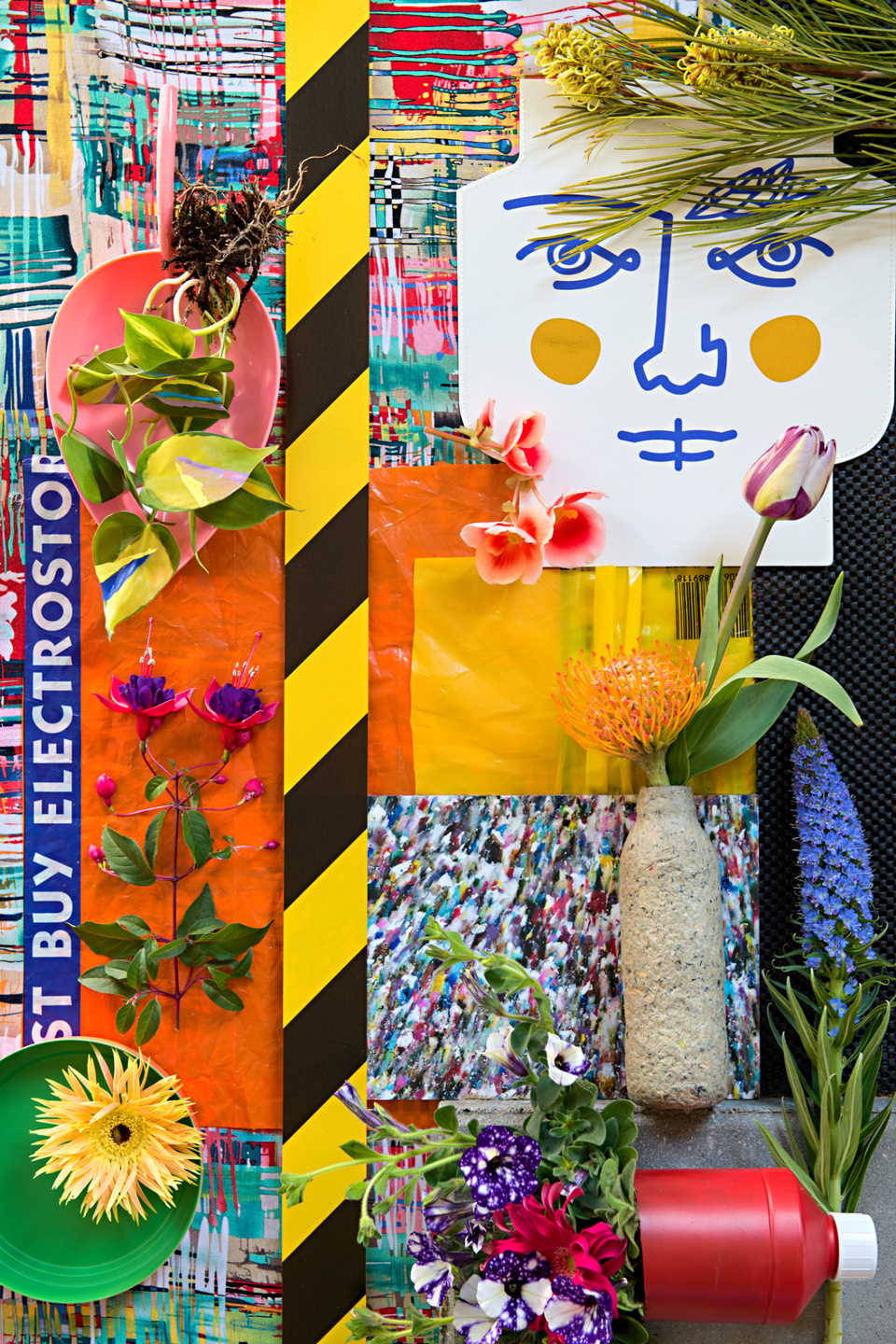
Street Savage is an extension of the sporty neon trend, which we already saw in the streets, but now it’s focused on the interior. Shapes are industrial and imperfect, and can easily be used for other purposes. This also applies to the materials. For example, you often see corrugated sheet, perforated metal and diamond plate within this style trend. Colors are powerful and may clash, or require attention such as signal stripe yellow. Of course you will see concrete gray, the color of the street, regularly. Designs express themselves as graffiti, pictograms and irregular designs as stain and drip patterns.

Also read: The colour of 2020 according to paint brand Clare: Frozen


